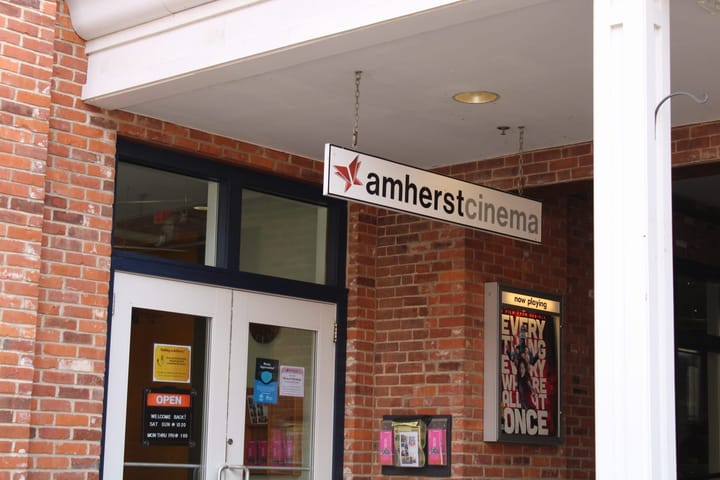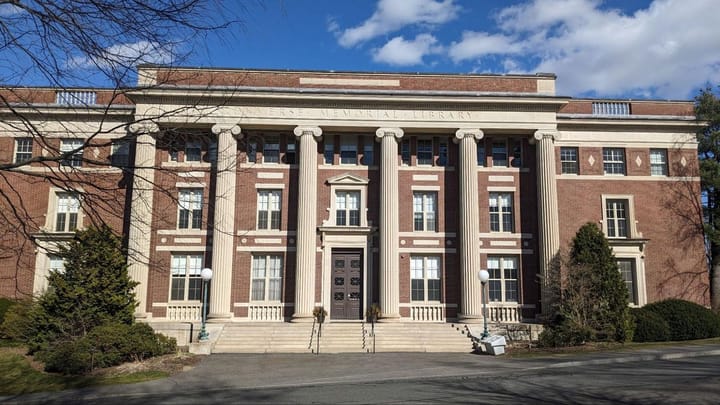Fresh Faculty: Ivan Contreras

Ivan Contreras is an assistant professor of mathematics. He received a bachelor’s degree from Universidad de los Andes, a master’s degree from the University of Utrecht and a doctoral degree in mathematics at the University of Zürich.
Q: What was your first encounter with mathematics and what drew you to this subject? A: When I was a little kid going to school in Colombia, the teachers taught us multiplication. I can clearly picture them pointing out that there were right answers and wrong ones. The teacher indicated how to do the math correctly, but didn’t tell me why we were doing it. They did not tell us how multiplication worked. I still remember myself as a young boy, questioning what made some answers correct and others incorrect. I think that this was the first time where it clicked that I was interested in mathematical inquiry.
Q: What attracted you to the American education system? A: I think that the main thing that attracted me was the classroom environment. I noticed right away that American students have the freedom to ask questions in lectures and in office hours. This is quite different from the European academic experience. In Europe, the student-professor dynamic is not as fluid. There, students do not interrupt their professor, because it is viewed as an obstruction to the flow of the lecture. If a student has a question, they ask their T.A. after the conclusion of the class. I much prefer the professor-student relationship of the United States.
Q: Were you particularly interested in working at a liberal arts college? Why did you choose to work at Amherst? A: This system is fascinating and incredibly valuable to students and professors alike. Amherst in particular has a reputation for strong students that are self-driven. And I felt that this type of student would be a great match with my teaching style. I was — and am — confident that I could show Amherst students that mathematics is cool! Math is not simply a slew of inconsequential formulas. Instead, it is about making connections and applying math to real-world circumstances.
Q: What has been your experience as a faculty member so far? A: So far it’s been fantastic. I feel very fortunate to be at Amherst because it’s a place where you can grow both as a teacher and a researcher. Not only is there a wealth of resources available for faculty, but unlimited chances to interact with students. I enjoy seeing my students around campus and seeing them at Val[entine Dining Hall]. Also, the view doesn’t hurt. The mountains are incredibly beautiful and the city is lovely.
Q: What is your current research and how did you become interested in it? A: My research explores mathematical physics. In other words, I explore the connection between physics and the world. Specifically, I use mathematics to connect the theories of physicists and real-world circumstances. For example, a physicist may want to understand how an atom moves, but he may have a gap or two in his theory. It is my job to help that physicist connect the dots between using mathematics.
Q: What is mathematical physics? A: Mathematical physics is a symbiosis between math and physics. To fully understand it, mathematicians use a technique called geometric anthropology. This sphere of math uses physics to study various shapes. For example, in the past I have used a sphere and a doughnut to model physical phenomena.
Q: Can you tell me a little bit about the classes you’re teaching? A: I’m currently teaching two classes. The first is called “Graph Theory,” which explores the mathematics behind networks. We use applied mathematics to understand real-world networks. This past week, we used something called Bacon’s number to analyze relationships between Hollywood actors and actresses. Our class has also analyzed airline connections. The class attempted to make multiple-leg flights as cheap as possible using mathematical algorithms. The second class I teach is introductory calculus. Though it is quite different from my other classes, I enjoy teaching the basics to open-minded college students. In this class I do not only teach math, but also how to study and how to balance their classes.
Q: When you are not teaching at Amherst, what do you do in your free time? A: I have a seven-year-old daughter named Isabella, so I try to spend as much time as possible with her when I am not at work. On the weekends, my wife, daughter and I head downtown to Antonio’s or go out for some ice cream. It is incredibly nice to spend my free time at home with my family.





Comments ()